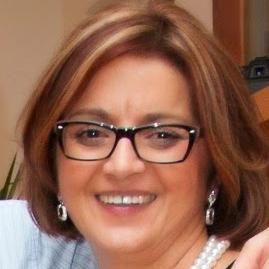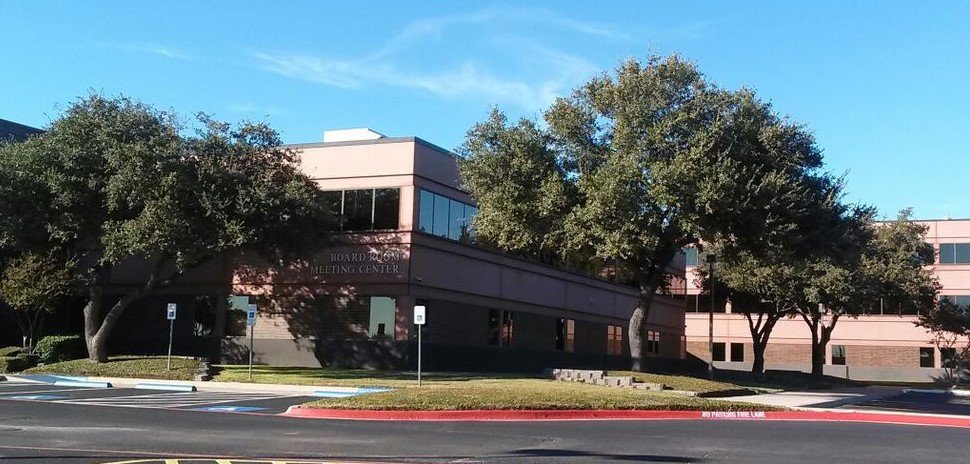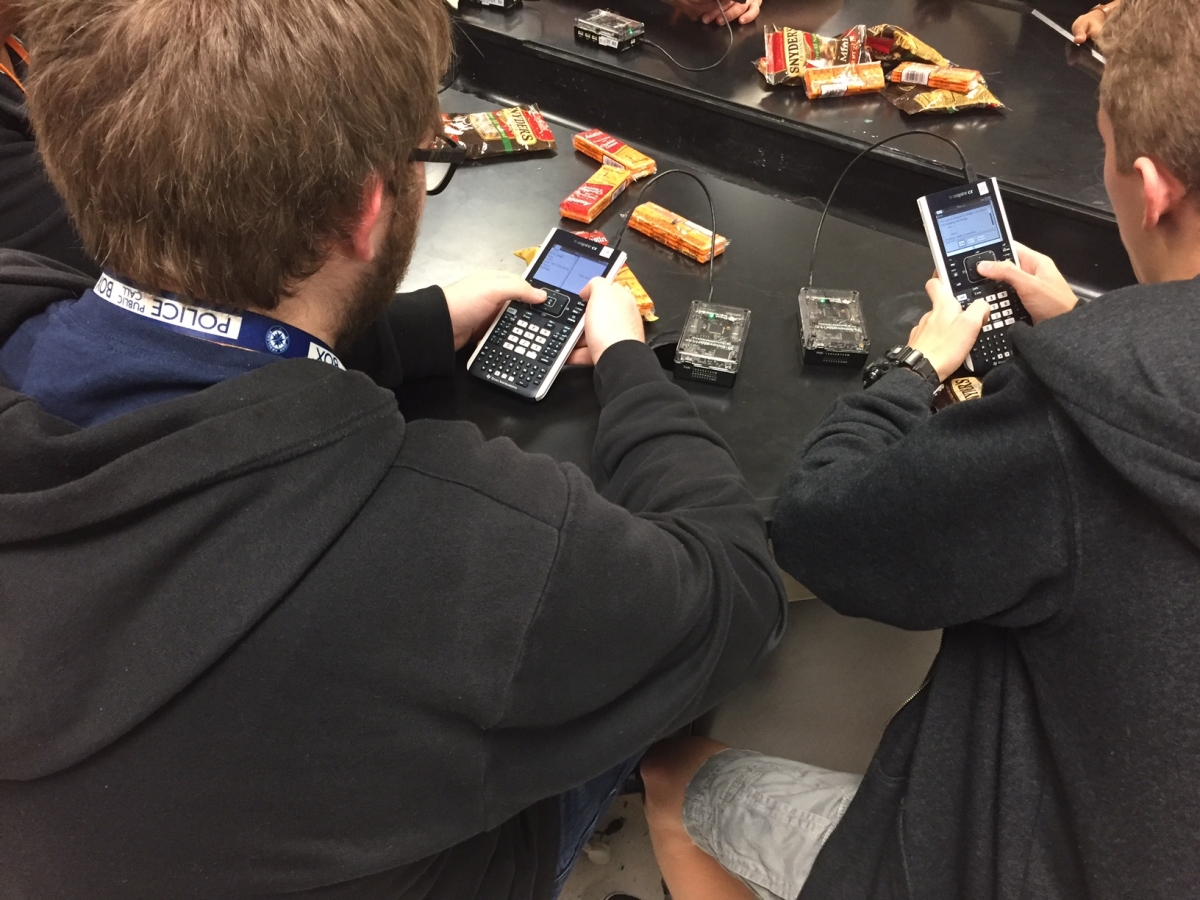It all started with digital curriculum planning as far back as three years ago. “Before we purchased iPads, we developed curriculum so that those iPads would be meaningful and empower our digital natives to learn at anytime from anywhere and using any medium that’s available to them,” stated Jasna Aliefendic, the Technology Applications Coordinator for Garland ISD. “We’d been watching the trends and hearing the stories of stalled implementations. When we were going to put new devices in instructor and student hands at our high school campuses, teaching and learning were the focus—it was never going to be about just having shiny new technology.”
The Garland ISD Strategic Plan included goals for the Curriculum & Instruction team to create a new, authentic district curriculum, as well as augmenting that with digital resources. “The curriculum was created in-house, but we do have several companies that we work with to provide a plethora of resources for our teachers and students,” stated Aliefendic. “For example, we work with McGraw Hill, and we work with Discovery Education. All of our resources are embedded in the district curriculum to provide multiple choices for instruction to meet the needs of our students. We don’t believe that a curriculum should be dictated by the text or the product; it’s a blend of everything. If you apply the best technologies, the best pedagogy, the best resources, the best teachers then, in my opinion, you’re going to get the best student results.”
Furthermore, the Garland executives knew that today’s students are never “offline.” Thus, the learning doesn’t stop at 3:00 p.m. In fact, they did the research and the math and found that in many cases students are or could continue learning off campus grounds.
“Today, the learning doesn’t stop at school,” Aliefendic stated. “That’s why we decided to allow our high school students to take devices home.” Every district Garland researched before starting this initiative indicated that being able to use the device for homework was important. That was the model Garland chose to follow. Many students have access to technology at home, but Garland also has a large portion of students who do not have that access. For those students, having a device 24-7 helps to level the playing field.
Going Digital in Garland: Community Involvement
Part of the Garland ISD strategic transition to digital curriculum and technology is a coordinated partnership with a community company that is committed to helping students build a solid foundation in STEM/STEAM. Texas Instruments, a local Texas corporation with a campus in the Dallas area, works with Garland ISD to connect students to valuable learning experiences with technology and real-world coding and engineering projects.
“We opened a STEM/STEAM program at Sachse High School and Webb Middle School as a pilot with volunteer engineers from Texas Instruments as instructors,” stated Aliefendic. “We quickly filled all 20 student spots. It is encouraging that we were able to recruit from a diverse set of students and 40% of the students participating are girls.”
Students are using the TI-Nspire™ CX graphing calculators and the TI-Innovator™ Hub, TI’s newest product, to control various components in their project designs. “They will discover that writing programs to control sound, color and motors is not as complicated as it might seem and that it can be fun,” stated Dave Santucci, Director of Product Line Strategy at TI. “Along the way students will learn about computer science concepts like variables, loops, inputs and outputs that will be useful for any computer programming that they pursue in the future.”
The Garland ISD administration and TI leadership are seeing very positive responses from the students who volunteered to stay after school once a week for ten weeks to learn skills to build various projects such as timed night lights and traffic signals.
A class of high school students is even working on a clear water solution for Zimbabwe. “Most people today may not see what computer science has to do with clear water in Zimbabwe,” stated Aliefendic. “But if you blend together math, science and computer science and if all of those students work on all of the solutions together, they are actually going to create an amazing project and find a solution. So, what we have right now are seven different teams, each of them working independently on trying to find different sensors that will measure the amount of water, humidity, light, temperature and evaporation and build a program that will allow water irrigation systems to deliver water where it is needed in Zimbabwe.”
The district and company’s hope is that the pilot program can make coding and engineering more accessible and meaningful for students. One of the goals is to create a model that can be replicated on a broad scale to support STEM and STEAM education. “It would be a wonderful outcome of this work to develop a model for afterschool coding and STEM camps,” stated Santucci.
Jasna Aleifendic is the Education Chairman of the Learning Gaming group in KnowStory. This team of educators is charged with answering the question, “How do we know any learning is going on inside these games or game-like systems?” You can join this group here.












